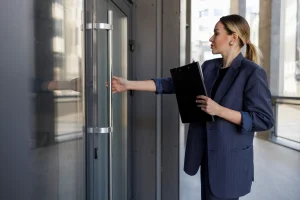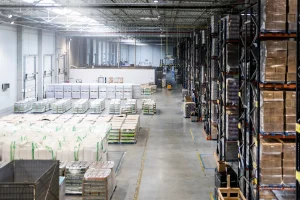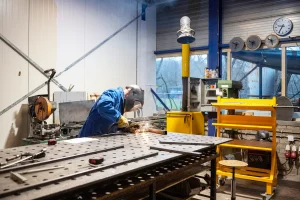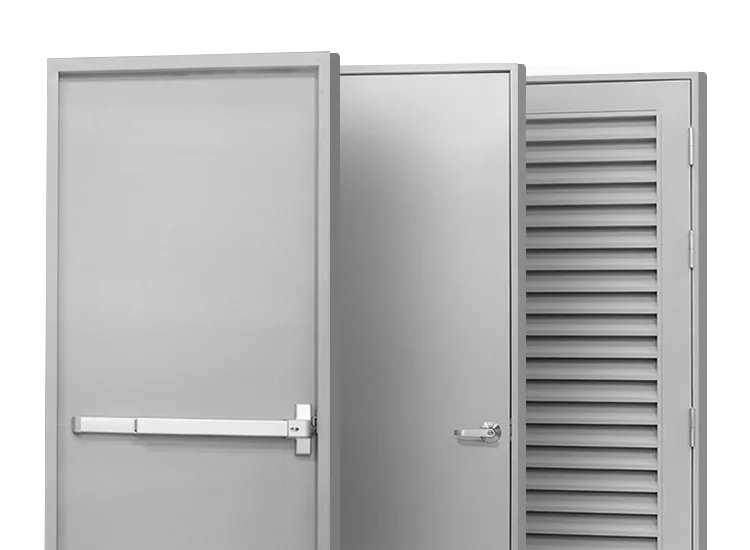With the increasing complexity of modern structures, from multi-tenant office building properties to large industrial estates, ensuring a well-rounded security system has become more essential than ever. Today’s threats go beyond physical break-ins, with cybersecurity breaches, insider threats, and emergency response scenarios being even more commonplace. Hence, comprehensive building security doesn’t just protect tangible assets but also upholds the safety and confidence of employees, visitors, and tenants.
As security risks are evolving rapidly, buildings must be equipped with state-of-the-art measures to mitigate these dangers. Whether through surveillance systems, access control technologies, or robust physical barrier solutions like steel doors, organizations must take proactive steps to stay ahead of threats. This article explores the different aspects of building security, the risks present in office environments, and the best practices for maintaining a safe and secure facility.
What is Building Security and Why is It Important?
Building security refers to the strategies, technologies, and practices implemented to protect a structure, its occupants, and its assets from potential threats. This can range from physical measures such as surveillance cameras, access control systems, and alarm systems to cybersecurity defenses that prevent data breaches or hacking attempts. The goal is to ensure that only authorized individuals gain access to the property, while monitoring for unusual or suspicious activities that could lead to security breaches.
In addition to access controls and surveillance, building security also includes emergency response planning, ensuring that there are protocols in place for natural disasters, fire outbreaks, or other emergencies. Proper security measures are designed to both prevent incidents and provide rapid response when they occur. This can include everything from alert systems to safe evacuation procedures.
Building security is crucial for several reasons. Firstly, it provides peace of mind for both building owners and occupants, knowing that their safety and belongings are protected. It also reduces the risk of financial losses from theft, vandalism, or property damage. Furthermore, secure buildings contribute to a positive environment, promoting productivity, safety, and well-being, which is particularly important in commercial and office spaces.
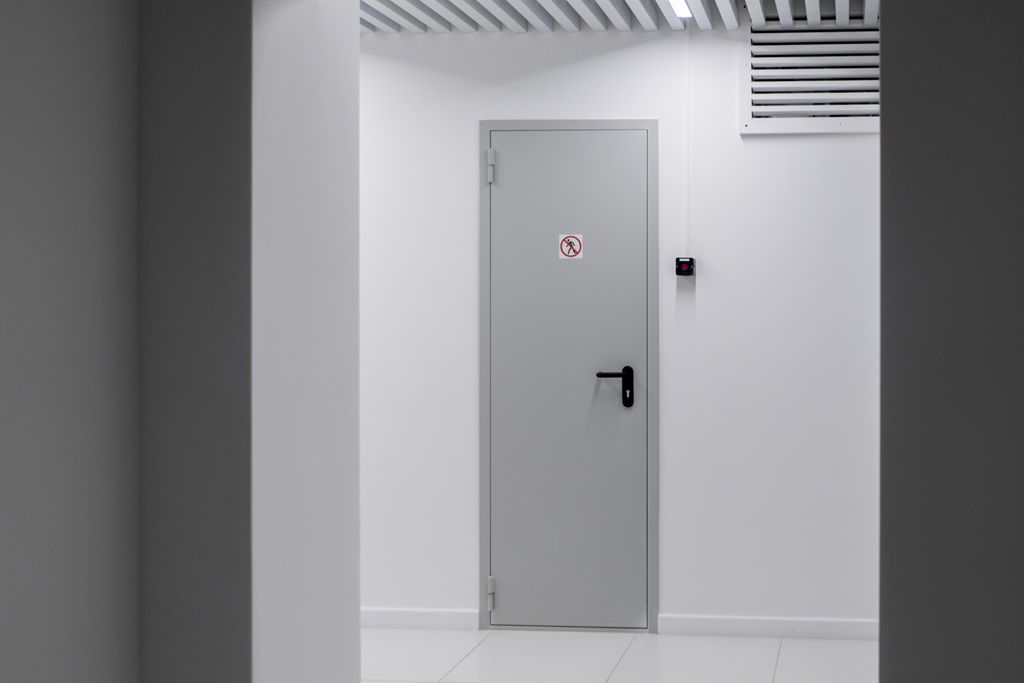
Top Security Threats in Office Buildings
Ensuring office building security is more challenging than ever with the evolving threats in today’s world. Below are some of the most pressing security risks that organizations may face in office building security:
- Unauthorized Access: Tailgating or unapproved entry through unsecured doors can lead to a breach in security. Proper identification and access control systems are vital to prevent this.
- Theft and Vandalism: Office buildings, especially those with valuable assets, are often targets for theft and vandalism. Security cameras and restricted access zones can help mitigate these risks.
- Cybersecurity Threats: With office spaces increasingly connected to networks, hacking attempts and data breaches are a growing concern. Integrating cybersecurity with physical security measures is essential.
- Insider Threats: Employees or contractors with access to sensitive areas can intentionally or unintentionally cause security breaches. Background checks and monitoring help manage this risk.
- Emergency Response Failures: A lack of preparedness for emergencies such as fires, earthquakes, or violent incidents can exacerbate risks. Buildings need efficient alarm systems, escape routes, and emergency protocols.
Types of Security in a Building
Ensuring the safety of a building requires a multifaceted approach. Here are the key types of security systems typically found in modern structures:
Access Control Systems
Access control systems regulate who enters and exits the building, often using keycards, biometric scanners, or PIN codes. By managing access to specific areas, these systems prevent unauthorized individuals from entering restricted zones. It also provides detailed records of movements within the building for accountability.
Video Surveillance (CCTV)
Video surveillance is one of the most effective deterrents against criminal activity. Strategically placed cameras monitor entry points, hallways, and sensitive areas in real-time, allowing security personnel to spot suspicious activities immediately. Modern surveillance systems also offer cloud storage for easy retrieval of footage.
Alarm Systems
Alarm systems provide an immediate response to security breaches, fire outbreaks, or unauthorized access. When triggered, these systems can alert both building occupants and external emergency services, ensuring quick intervention. They can be integrated with other security measures like access control and surveillance.
Security Guards and Personnel
Human presence is still a vital aspect of building security. Trained security personnel can physically patrol the premises, monitor security feeds, and respond to potential threats. They are often the first line of defense in handling immediate issues such as unauthorized access or suspicious behavior.
Cybersecurity Measures
As more building operations, such as lighting, HVAC, and security systems, are connected to the internet, cybersecurity has become an integral part of physical security. Firewalls, encryption, and regular software updates ensure that cyber-attacks are minimized, protecting both data and physical infrastructure.
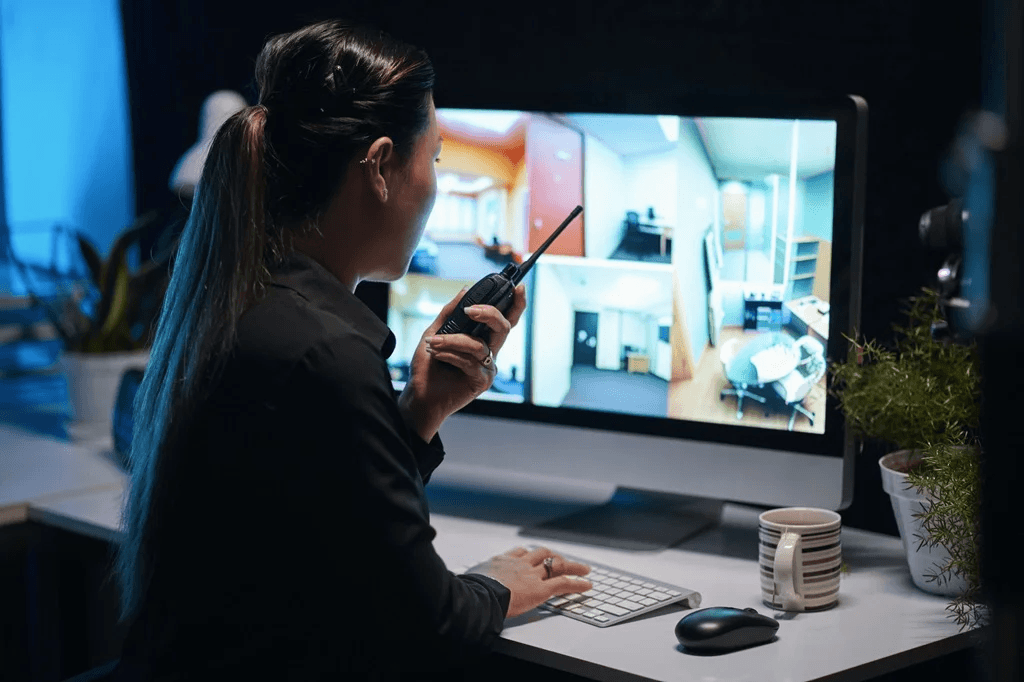
Best Practices for Maintaining Building Security
Maintaining building security requires continuous effort and updated protocols. Make sure to follow these best practices to ensure your building remains secure:
Conduct regular security audits.
Performing regular security audits helps identify potential vulnerabilities in your current systems. These audits can reveal gaps in surveillance coverage, access control issues, or weak cybersecurity measures that need addressing.
Implement a visitor management system.
Using a visitor management system ensures that every person entering the building is properly logged and tracked. This helps prevent unauthorized entry and provides a record of all visitors for future reference.
Upgrade outdated security technologies.
Old or outdated security systems may no longer be effective against modern threats. Regularly upgrading technology—such as cameras, alarm systems, and access controls—ensures that your building stays protected against current risks.
Train staff on security protocols.
Employees play a crucial role in maintaining security. Regular training sessions on identifying suspicious behavior, understanding evacuation procedures, and adhering to security protocols are essential to keep everyone informed and prepared.
Maintain strong cybersecurity practices.
With many building systems now operating on digital platforms, it’s crucial to maintain strict cybersecurity measures. Implement strong passwords, multi-factor authentication, and regular security software updates to minimize cyber risks.
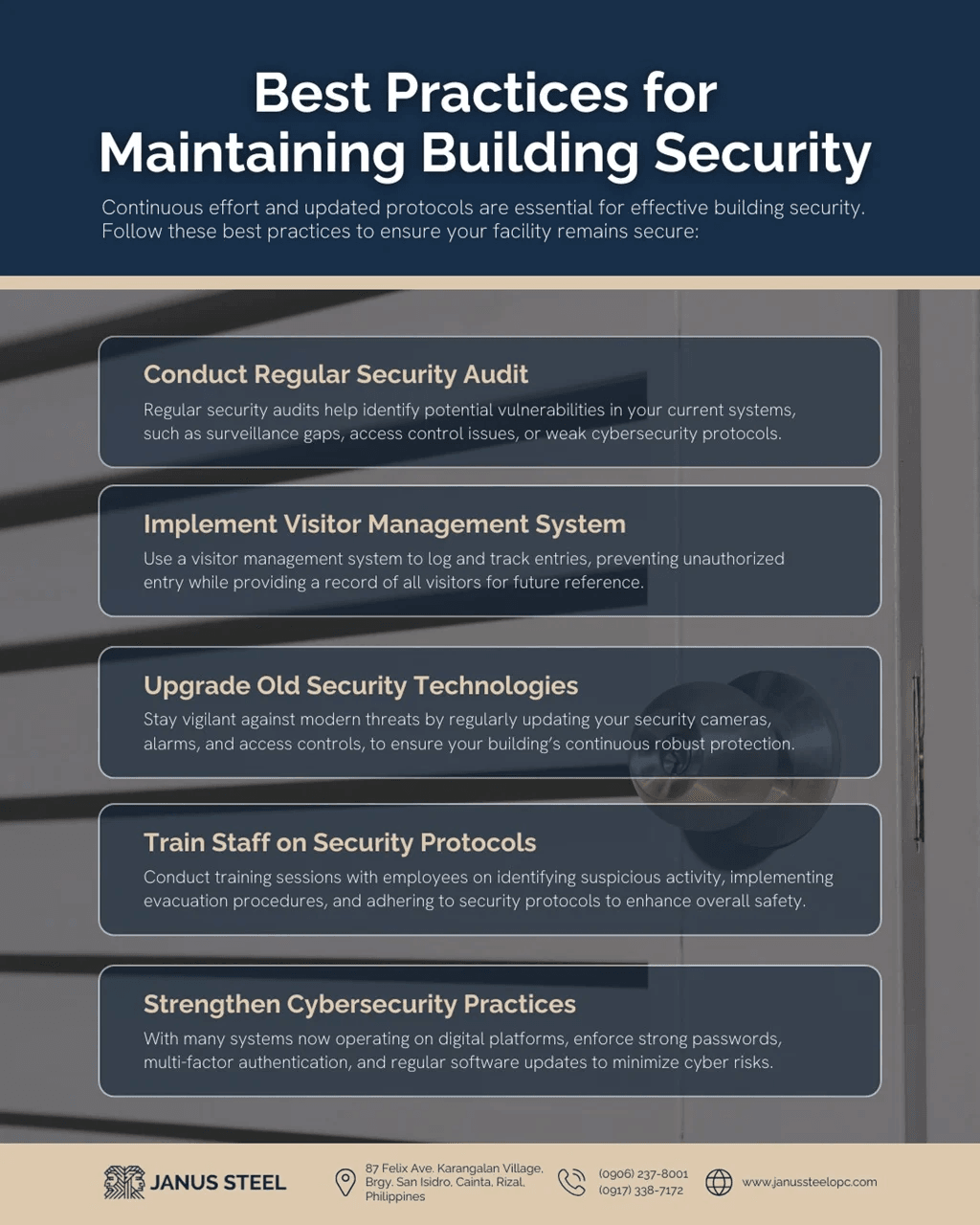
How Steel Doors Boost Security for Your Commercial Property
Steel doors are a key component of a comprehensive security strategy for commercial properties. Using them enhance building security through the following ways:
- Strength and Durability: Steel doors are more resistant to break-ins compared to wooden or glass doors, offering superior protection against forced entry.
- Fire Resistance: Many steel doors are fire-rated, providing an additional layer of protection in case of emergencies like fires, allowing for safer evacuation.
- Tamper Resistance: Steel doors are harder to tamper with, preventing intruders from manipulating locks or hinges to gain entry.
- Impact Resistance: Designed to withstand heavy impact, steel doors are highly resilient to vandalism and forced entry attempts, adding an extra barrier against potential threats.
- Low Maintenance: Unlike other materials, steel doors require minimal maintenance while offering long-lasting durability, making them a cost-effective option for security.
- Enhanced Insulation: Steel doors often come with insulation properties, improving both security and energy efficiency by maintaining interior temperatures.
- Customizable Security Features: Steel doors can be integrated with advanced locking mechanisms, including electronic locks, deadbolts, or biometric systems for enhanced security.

Enhance Your Building’s Security with Janus Steel’s Steel Doors
Building security isn’t just about preventing unauthorized access; it’s also about creating an environment where occupants feel safe and protected. From advanced surveillance systems to steel doors that offer superior resistance against threats, every element plays a critical role in safeguarding your property. By understanding the threats and implementing top-tier security practices, building owners can prevent breaches, protect their assets, and promote a secure, productive environment.
Discover the exceptional quality and durability of Janus Steel’s steel doors, specifically designed to enhance commercial property and office building security. With features like impact resistance, tamper-proof designs, and customizable locking mechanisms, Janus Steel doors are the perfect solution for keeping your business safe. Explore our catalog today!

